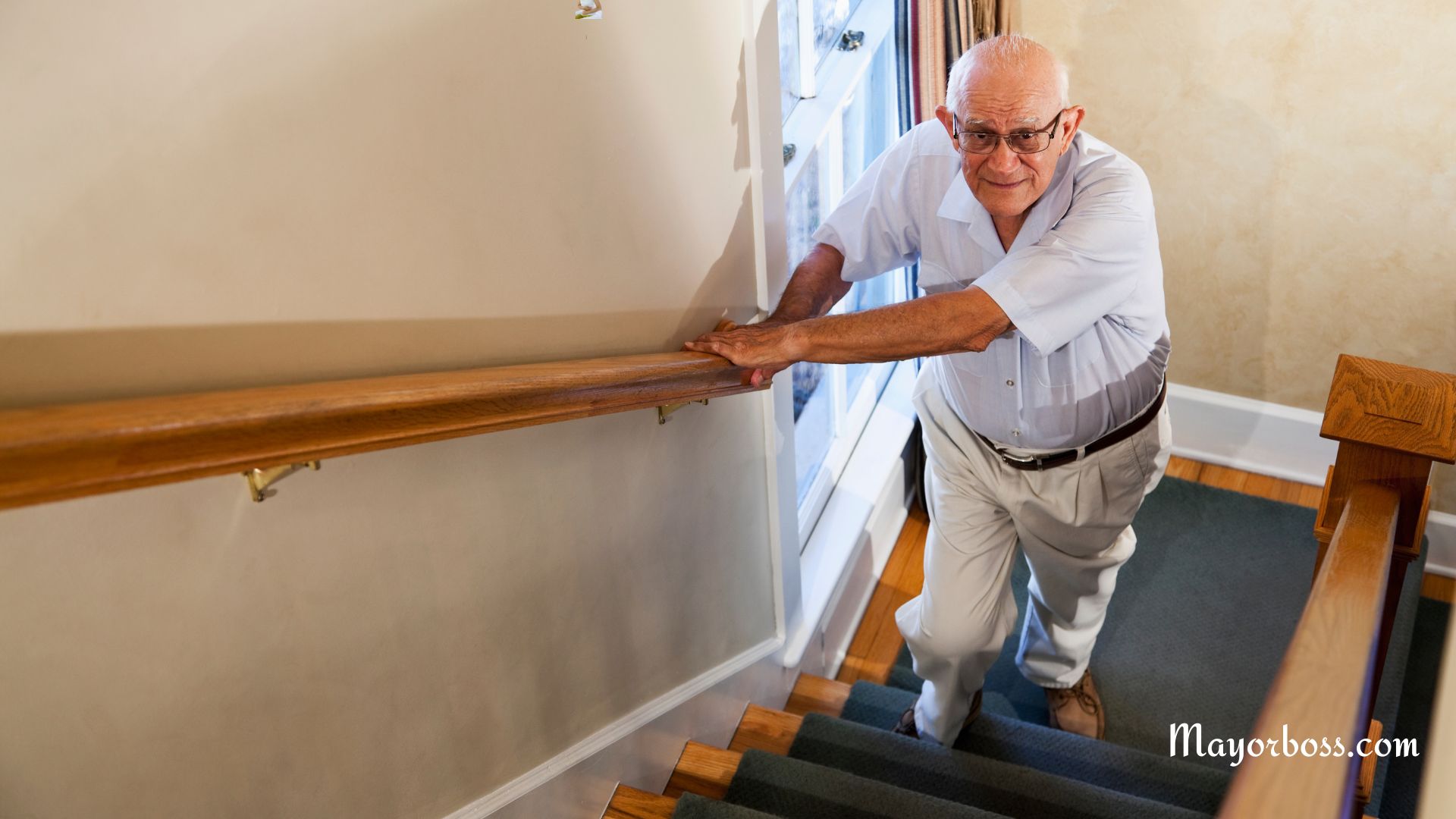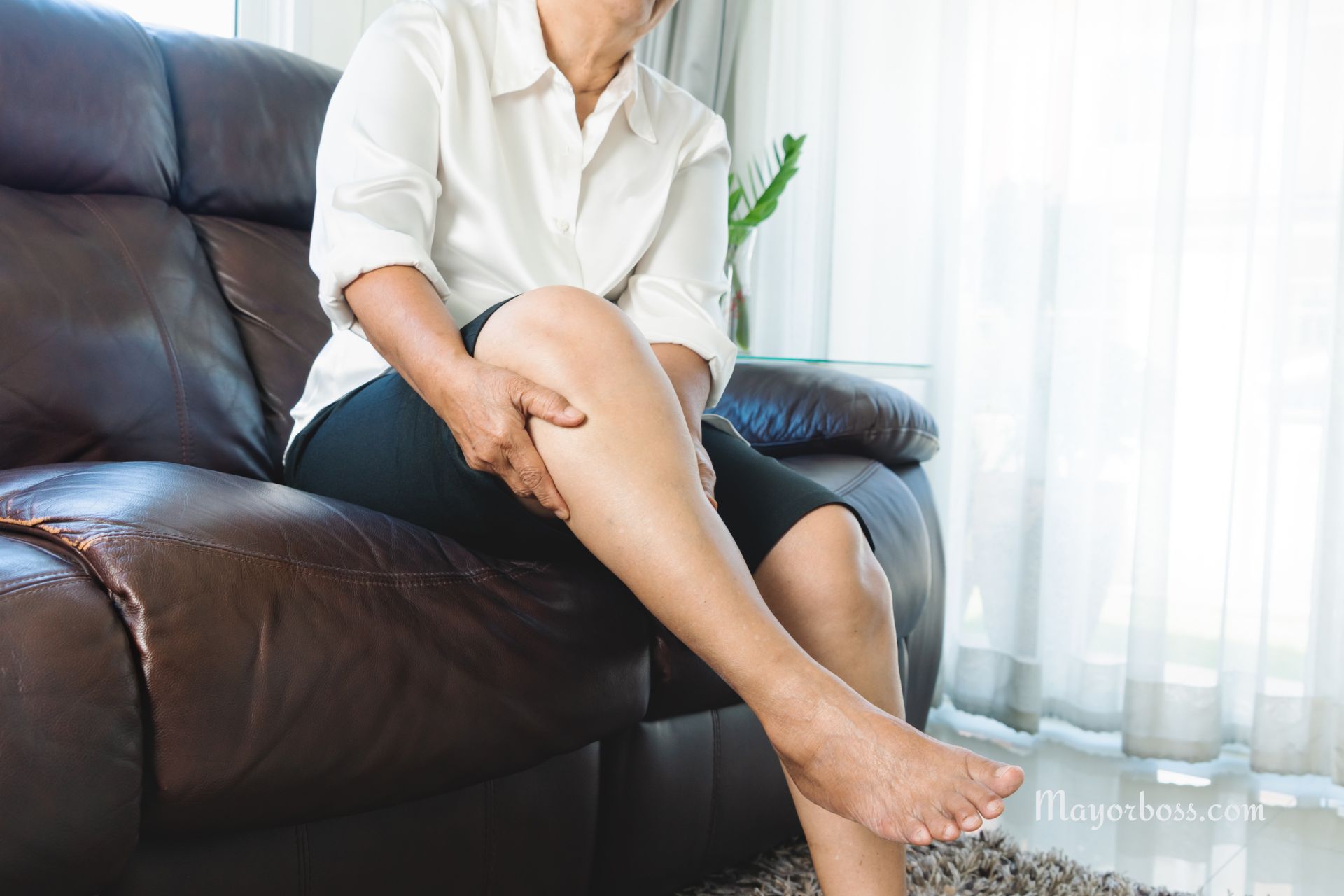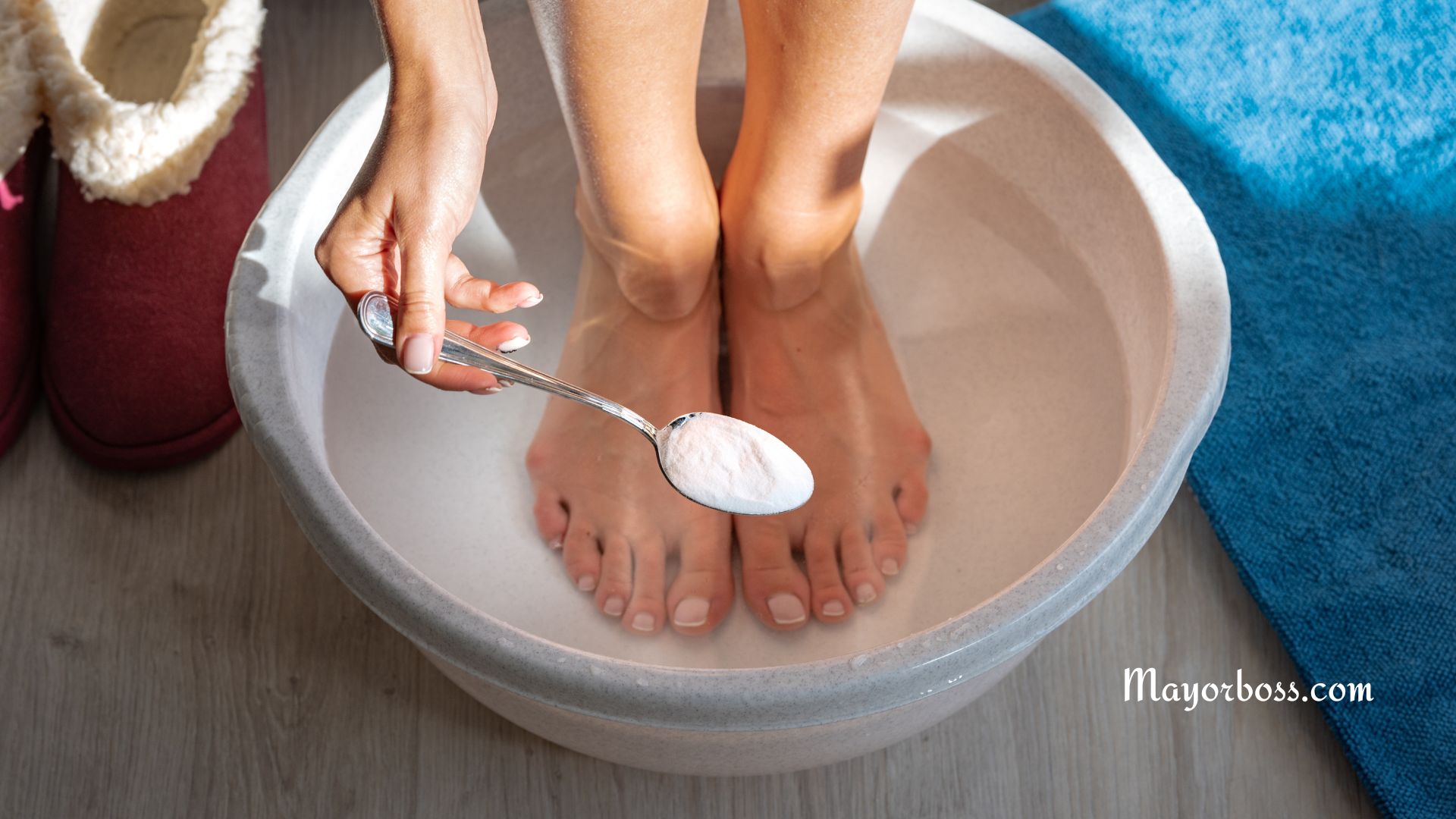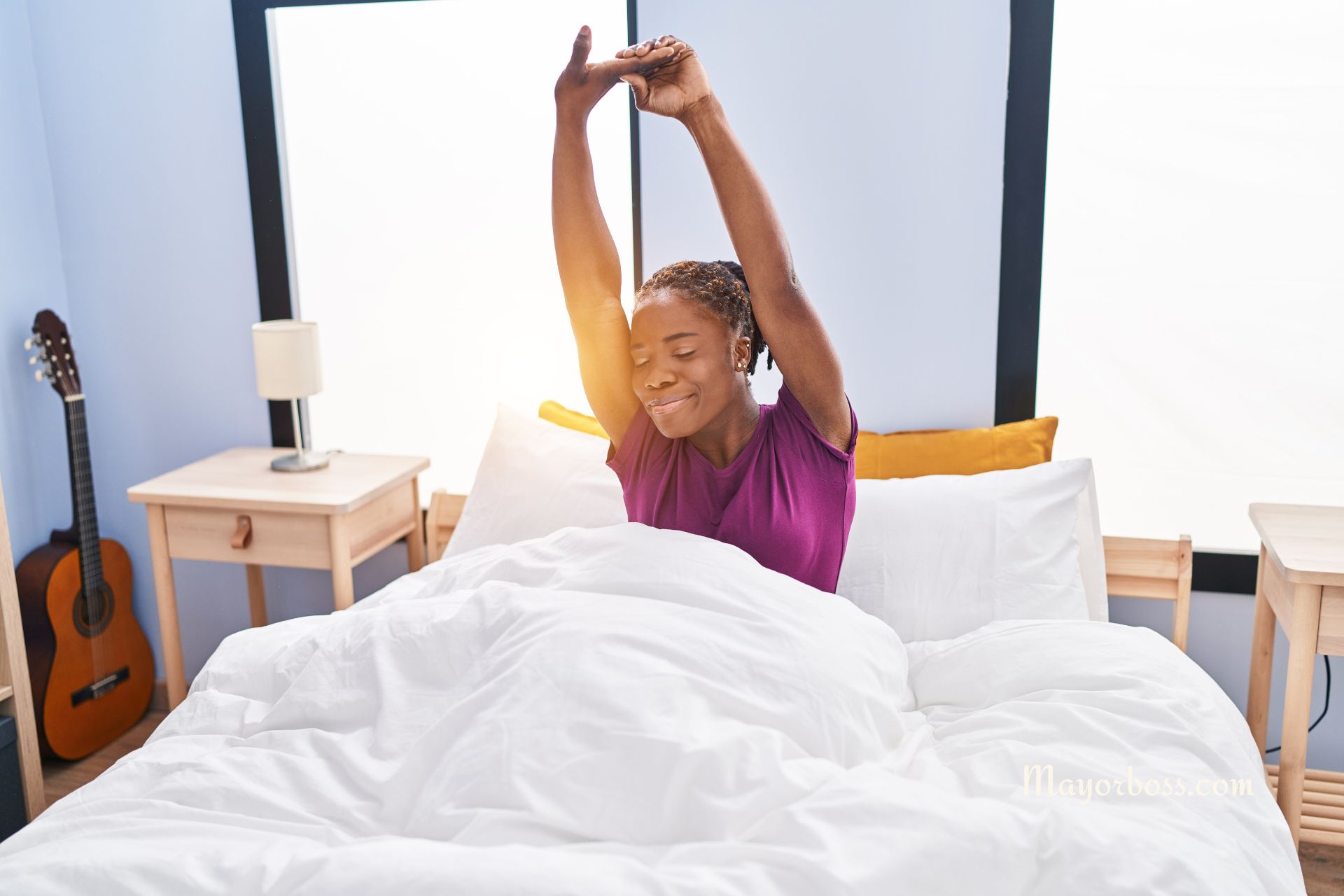How to Make a Home Safe for Your Aging Parent
As your parents age, you naturally want to ensure their safety and comfort, especially in their own home. Making a few key adjustments can significantly increase the safety and accessibility of their living space. Here, I’ll guide you through some essential steps to transform your parent’s home into a safe haven.
Assessing the Home Environment
First, you should conduct a thorough assessment of the home. Look for potential hazards like loose carpets, cluttered walkways, or slippery surfaces. These are common trip hazards for older adults. Ensuring that the home is well-lit, both inside and out, also plays a crucial role in preventing falls. Bright lighting helps in navigating the house better, especially during the night.
Transitioning Floor Surfaces
An often overlooked aspect is the transition between different floor surfaces. Moving from tile to wood or carpet can be a trip hazard, especially if there are uneven levels or loose edges. Consider installing smooth, even transitions between different flooring types. Non-slip surfaces are vital, especially in areas prone to wetness, like the kitchen and bathroom.

Improving Bathroom Safety
The bathroom is often the most hazardous room in the house for seniors. Installing grab bars near the toilet and in the shower can provide support and prevent falls. Consider a walk-in tub or a shower with a bench, as these can be safer alternatives to traditional bathtubs. Non-slip mats, both inside and outside the shower, are also vital.
Simplifying the Kitchen
In the kitchen, it’s essential to organize frequently used items within easy reach. This approach minimizes the need for stretching or bending, which can lead to balance issues. Consider installing pull-out shelves or drawers for easier access. If your parent uses a wheelchair, you might need to adjust the height of countertops and sinks.
Bedroom Adjustments
In the bedroom, ensure that the path to the bathroom is clear and well-lit. A bed rail can provide support for getting in and out of bed. The height of the bed is also important; it should be easy to sit on and stand up from.
Flooring and Mobility
Remove or secure all loose rugs and ensure that all flooring is even and non-slip. If your parent uses a walker or wheelchair, check that the flooring allows for smooth movement. Wide doorways and hallways are helpful for easier navigation.
Emergency Preparedness
Ensure there are working smoke and carbon monoxide detectors in the house. Have a list of emergency contacts in an easily accessible place. Consider a medical alert system or a home monitoring system for added peace of mind.
Smart Lighting and Thermostats
Installing smart lights and thermostats can greatly enhance your parent’s independence and comfort. Smart lights can be programmed to turn on and off automatically or controlled remotely, reducing the risk of trips and falls in the dark. Smart thermostats allow for easy temperature control, either manually or through preset schedules, ensuring a comfortable living environment.
Video Doorbells and Security Cameras
For added security, consider installing video doorbells and security cameras. These devices let your parent see who is at the door without having to open it, and they can alert you in case of suspicious activity. This technology provides both you and your parent with peace of mind regarding home security.
Regular Maintenance
Regularly check the home for maintenance needs. This includes ensuring that all locks are working, the heating and cooling systems are functional, and there are no electrical hazards.
Health Monitoring Gadgets
Incorporating health monitoring gadgets can be a game-changer. Devices like blood pressure monitors, glucose meters, and wearable emergency alert systems can help keep track of your parent’s health in real-time. These gadgets often have the ability to alert family members or healthcare providers in case of abnormal readings or emergencies.
Engaging with Healthcare Professionals
Finally, it can be beneficial to consult with healthcare professionals, like occupational therapists. They can provide personalized recommendations based on your parent’s specific health needs.
Conclusion
Making a home safe for an aging parent involves thoughtful consideration of their mobility and health needs. Small changes can have a big impact on their safety and independence. Remember, each person’s needs are unique, so tailor these suggestions to fit your parent’s specific situation. By taking these steps, you’ll create a comfortable and secure environment where your parent can thrive.






